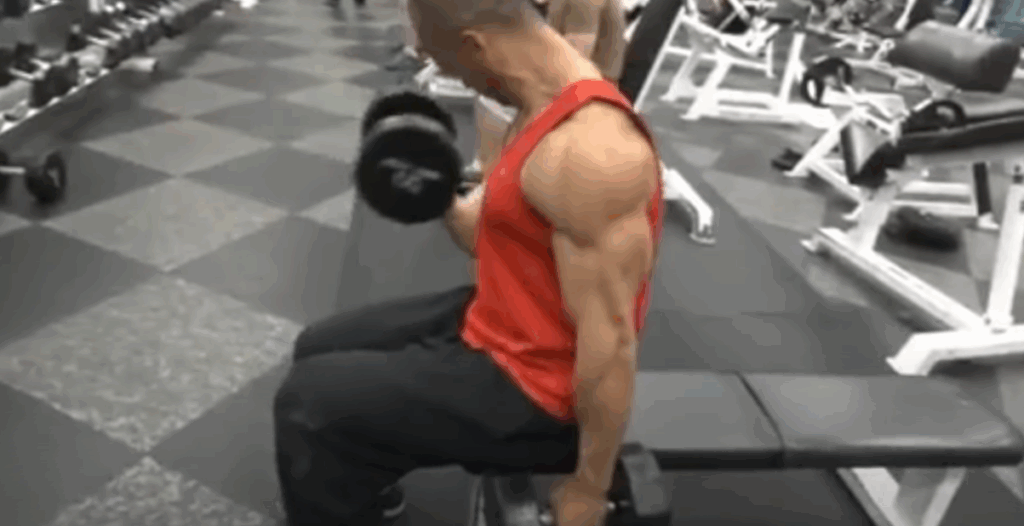When it comes to building muscle, burning fat, or simply getting stronger, the exercises you choose matter. A well-rounded training routine is more than just showing up and lifting weights—it’s about choosing movements that align with your goals, skill level, and body mechanics.
In this guide, we’ll walk through the essentials of exercise selection. Whether you’re a beginner or a seasoned lifter, this knowledge can transform your workouts from generic to purposeful.

Why Exercise Selection Matters
Think of your workout plan as a toolkit. Every exercise is a different tool with a specific purpose. Some target large groups of muscles and stimulate your whole body, while others focus on isolating specific areas for refined development. Making smart choices ensures your time in the gym leads to consistent progress, prevents overuse injuries, and keeps training exciting.
Start With Compound Movements
If you’re new to training, your best bet is to prioritize compound exercises. These are multi-joint movements that engage multiple muscle groups at once. Think squats, deadlifts, presses, and rows. They build strength and coordination, burn more calories, and serve as the foundation for muscle development.
A few classic compound lifts to include in your routine:
- Squats – Engage the quads, glutes, hamstrings, and core.
- Deadlifts – Strengthen the posterior chain, including glutes, hamstrings, and lower back.
- Bench Press – Targets the chest, triceps, and shoulders.
- Pull-ups or Lat Pulldowns – Focus on the lats, biceps, and upper back.
- Overhead Press – Hits the shoulders and triceps, while demanding core stability.
- Rows – Strengthen the mid-back, lats, and rear delts.
These exercises offer the greatest return on investment for both strength and aesthetics. But that doesn’t mean isolation movements don’t have their place.
Isolation Exercises: Fine-Tuning Muscle Development
Isolation exercises are single-joint movements aimed at one muscle group. While they aren’t as taxing as compound lifts, they’re excellent for bringing up lagging areas, correcting muscle imbalances, and promoting mind-muscle connection.
Examples include:
- Bicep curls
- Tricep pushdowns
- Leg extensions
- Lateral raises
- Cable flyes
- Hamstring curls
A balanced program will use both types—compound lifts for bulk development and isolation work for detail.
V

Free Weights vs. Machines: What’s Better?
This is a hot debate in fitness, but the reality is: both have value.
Free weights (barbells, dumbbells, kettlebells) require balance and coordination, making them excellent for full-body engagement and functional strength. They also allow for greater freedom of movement and better muscle activation in many cases.
Machines, on the other hand, offer controlled paths and are easier to learn, especially for beginners. They reduce the risk of injury from poor form and can isolate muscles more precisely.
When to Use Each:
- Free Weights: Ideal when building foundational strength, training athletic movement, or improving stabilization.
- Machines: Perfect for high-rep hypertrophy work, injury rehab, or when you want to safely train to failure.
Blending both in your program offers the best of both worlds.
Customizing Based on Goals
Your training objectives will influence which exercises deserve emphasis. Here’s how to prioritize based on common goals:
Goal: Build Muscle (Hypertrophy)
- Focus on compound lifts for mass, then add isolation work for detail.
- Train each muscle group 2x per week using a mix of rep ranges (6–15 reps works well).
- Don’t chase novelty—stick with basic movements and get stronger over time.
Goal: Increase Strength
- Prioritize barbell lifts (squat, deadlift, bench, overhead press).
- Use lower rep ranges (3–6 reps) with heavier loads.
- Reduce isolation work to avoid excessive fatigue.
Goal: Improve Aesthetics
- Include more isolation exercises to target symmetry.
- Use higher volume and moderate loads.
- Incorporate machines and cables for better muscle engagement and safety.
Targeting Each Muscle Group Efficiently
Here’s a breakdown of ideal movement patterns for each major body part:
Legs
- Main Movements: Squats, Romanian Deadlifts, Leg Press
- Isolation Options: Leg Extensions, Hamstring Curls, Hip Thrusts
- Tip: To fully develop hamstrings, include both hip hinge (RDLs) and knee flexion (leg curls) patterns.
Back
- Main Movements: Barbell Rows, Dumbbell Rows, Pull-Ups
- Isolation Options: Straight-arm pulldowns, rear delt flyes
- Tip: Use both horizontal (rows) and vertical (pull-ups/lat pulldowns) pulling to hit the full back.

Chest
- Main Movements: Flat or incline bench press (barbell or dumbbell)
- Isolation Options: Pec deck flyes, cable crossovers
- Tip: Incline variations help hit the upper chest, often underdeveloped in beginners.
Shoulders
- Main Movements: Overhead Press, Arnold Press
- Isolation Options: Lateral Raises, Reverse Flyes, Front Raises
- Tip: Lateral raises are essential for building width and that capped shoulder look.
Arms
- Biceps: Curls (barbell, dumbbell, cable)
- Triceps: Pressdowns, Skull Crushers, Overhead Extensions
- Tip: Train biceps and triceps with both short and long muscle length movements for complete development.
Calves
- Main Movements: Standing and Seated Calf Raises
- Tip: Pause at the bottom of each rep to remove momentum and fully stretch the muscle.
Core
- Direct Work: Cable crunches, hanging leg raises, ab rollouts
- Anti-Movement Work: Planks, Pallof presses, deadbugs
- Tip: Squats and deadlifts train core stability but won’t carve out visible abs—target them directly with resistance.
Choose Exercises That Feel Right
Lastly, don’t ignore your mind-muscle connection. If a certain movement doesn’t activate the target muscle or just feels awkward, consider adjusting your grip, range of motion, or swapping it for another variation.
Feeling the muscle work during each rep is often a sign that the movement fits your body mechanics and is worth keeping in your routine.
Final Thoughts
There’s no one-size-fits-all exercise plan. The smartest approach is to combine foundational compound lifts with accessory movements that suit your body, goals, and experience level. Whether you’re training for strength, hypertrophy, or aesthetics, smart exercise selection is your blueprint to long-term progress.
Start with the basics, master your technique, listen to your body, and build from there.



